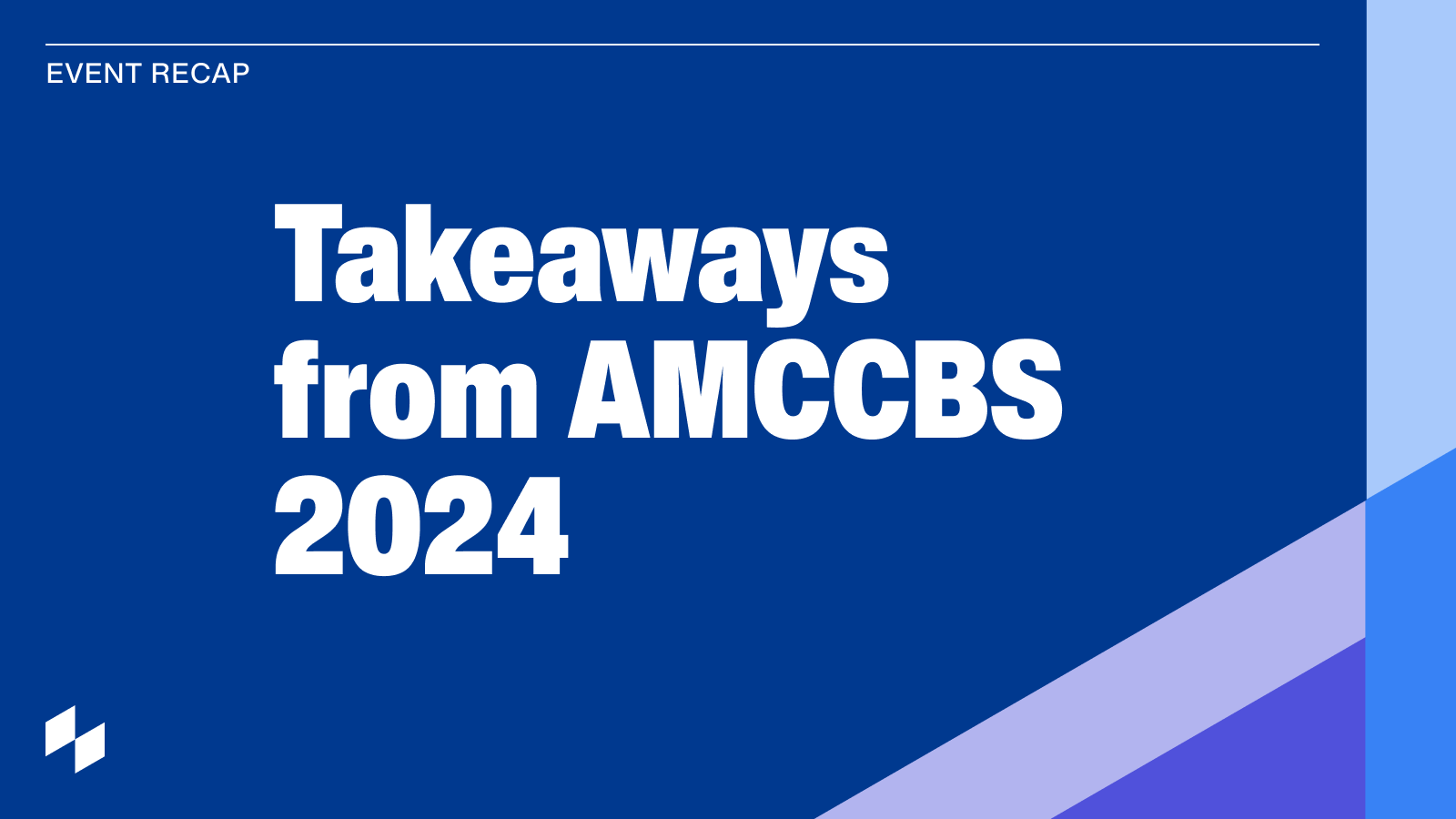A cancer diagnosis can be overwhelming for patients. Not only does it bring serious questions about their health, but it throws them into the challenge of navigating a highly complex, costly, and confusing healthcare system that is not always adept at proactively meeting their needs.
The risks of getting lost in this maze are many, which can lead to worse outcomes for the patient and unnecessary costs for providers.
To prevent these issues, cancer centers must offer a variety of patient navigation services that combine advanced digital tools with a human touch. From utilizing electronic patient-reported outcomes (ePROs) and PIN codes to implementing holistic, flexible care management techniques, cancer centers have a number of tools at their disposal to assist patients with successfully moving through their treatment journey.
At the Clinical Pathways Congress + Cancer Care Business Exchange event held in Boston
September 6-8, 2024, a panel of cancer center leaders convened to share their best practices and most impactful strategies for developing patient navigation services.
Here are their top tips for developing data-driven patient navigation services in the community oncology care setting:
Leverage patient-reported outcomes (PRO) data to build trusted relationships
Patient-reported data is a treasure trove of insights about how patients are experiencing their care, from both a clinical and non-clinical perspective, explained Kathryn Paliotta, RN, VP of Patient Communications at New York Cancer & Blood Specialists. When this data is collected electronically – and on a regular basis – it provides a high-value bridge between visits that enhances communication and establishes trust.
“Continuous data-capture builds a unique baseline for the patient based on their symptoms. Month over month, they're reporting to us on a regular cadence,” she said. “Our nurses can see any changes in their status over time, such as looking for spikes in self-reported pain measures, and then make the appropriate intervention.”
At New York Cancer & Blood Specialists, a dedicated app allows patients to report on key symptoms and manage financial tasks. In the near future, the cancer center is aiming to add appointment management and prior authorization updates to further enhance the patient navigation experience.
Take advantage of new codes for care management reimbursement
Chronic Care Management (CCM) and Principal Care Management (PCM) programs provide valuable support for individuals with serious and complex health needs. But they are often built upon challenging reimbursement models that don’t always cover the full extent of services delivered by the cancer care center.
A new set of service codes, called Principal Illness Navigation (PIN) codes, is hoping to change that by giving practices a concrete way to bill for certain care management and navigation services.
“These codes enhance PCM and CCM programs by giving us more reimbursement options for socioeconomic navigation,” said Susan Sabo-Wagner, MSN, RN, OCN, NEA-BC, Vice President of Clinical Innovation at American Oncology Network (AON).
“Providers can conduct an E&M visit that kicks off eligibility for PIN navigation services, and then we can use conversations with the patient, as well as AI and other tools, to assess their specific needs and use the codes for reimbursement after providing the right resources and services. At AON, we’re really working toward putting this into action during the latter half of this year.”
Create buy-in for navigation services across the organization
Even the most innovative organizations can face barriers when implementing new strategies or workflows, especially if clinicians aren’t brought to the table at the right point in the process.
For Kathy Oubre, CEO of Pontchartrain Cancer Center based in Louisiana, enhancements to patient navigation services that touch the clinical workflow always include physician champions to add insights and generate buy-in among peers.
“When you’re making a large practice change, especially when technologies are involved, everyone needs to understand why we’re doing it and how it will benefit both the practice and the patients,” she noted. “It often requires some serious conversations about where we can improve and what we need to invest in order to get there, whether that’s an investment in time, resources, or effort. If you don’t have that buy-in, your organization is going to fracture from within, and you won’t be able to serve your patients to your highest ability.”
Truly listening to staff – at all levels in the organization – and making considered adjustments accordingly will be key to developing navigation programs that work for patients and providers.
“When we take feedback on board, our staff feel empowered and engaged. Our programs get more successful, which ultimately brings benefits to the patient. But it has to start from the top, and it has to be a sincere effort to collaborate.”
Developing comprehensive, person-first patient navigation services requires cancer centers to embark on a significant journey of transformation. By combining digital strategies with a proactive outlook on communication, both internally and with patients, cancer centers can continue to enhance their relationships with patients and foster better outcomes at lower costs throughout the cancer care process.
To learn about how Flatiron can support your cancer center in delivering person-centered cancer care, contact us.
.png)


